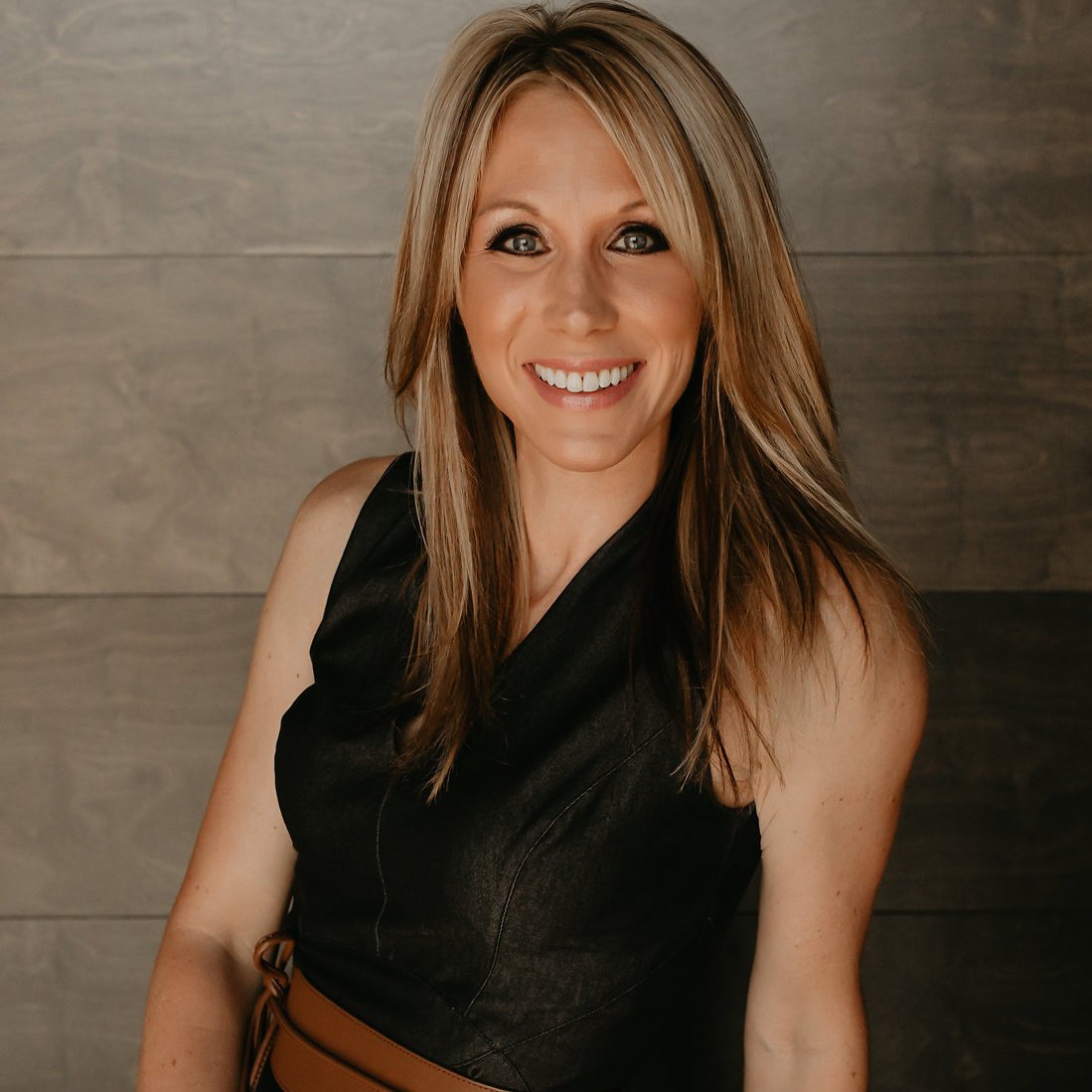How do You Brand on the Radio?
We talk a lot about branding on the radio, but how exactly does it work? What’s involved in the process? There are three vital elements you need to align before you can build your brand on the radio. They are:
- Dominant Frequency
- Bricks & Mortar Campaign
- Marketing Bridge
I’ll touch on each of these elements below, and examine why each part is important to see results and have measureable radio advertising ROI.
A Dominant Frequency
An ideal branding schedule is 21 ads per week, 52 weeks a year, per station. This is ideal because your ad is played enough times for the average listener to be exposed to it three times per week. It’s called a “three frequency.” In our society, people remember one in every seven ads they hear. Therefore, to get three memorable exposures, you need to run 21 ads per week. Thus, 21/52 was born.
Radio ratings also reinforce this theory. Metrics like cume (total listeners reached by a station) and average quarter hour let us know how many people are listening overall, and every 15 minutes. Naturally, a station’s format will have an impact on listening time. Talk radio listeners, for example, tend to tune in longer to listen to their favorite host. When you’re branding on a talk station, you could probably get away with 15-20 ads per week. Whereas Top 40 listeners listen for shorter bursts throughout the day, so a "three frequency" schedule may require as many as 28 ads per week.

Other Feasible Options
If 21 ads per week isn’t in the cards for your budget, you still have some scheduling choices. These are vertical or horizontal.
- Vertical Schedules are when you dominate an entire day. In this instance, you run 12 ads per day on a single weekday from 5am to midnight.
- Horizontal Schedules are when you run ads only during a specific day part or program. Like the morning drive, or during Rush Limbaugh’s program. Typically, you’d run three ads per daypart, multiple days in a row.
Here again, either of these options can be paired back to best fit your budget. Just know that the more you pair back your budget, the longer it’ll take to start seeing results - as long as the other two elements are in alignment.
The Chickening Out Period
Results won’t happen overnight. Nor will they happen after a month or even two or three months. Branding is like running a marathon. Event marketing is like a sprint. Both have scheduling best practices you should heed.
For branding, you’ll get to a point about twelve weeks in or so that you’ll be pouring in more ad money than you’re seeing in business generated. This is called the chickening out period.
Nearly every single one of our branding clients experience this moment of dread. You’ll be tempted to call your radio rep and cancel everything because it’s just not working and you fear that you're wasting your hard-earned money. This happens so often that many of our reps have made a habit of telling their clients about the chickening out period during the initial meetings. Some reps go as far as marking it on their calendars to call the client to remind them when the time arrives, and encourage them to stay the course.
Bricks & Mortar Campaign
We recently published a series that dives deep into this analogy. Part One gave an introduction to bricks and mortar. Part Two took a deep dive into the mortar aspect of the analogy while Part Three focused on what bricks are and why you should only have one thought/message per ad.
I encourage you to read through each of those posts to get a more complete understanding of the concept of a bricks and mortar campaign. When it comes to building your brand on the radio, bricks and mortar are vital components of the formula. Yes, you can still brand without it, but it’ll take much longer than it should to work, and your return on investment will be far less than it could have been.
It’s important to have your entire advertising year planned out - these are your bricks of your ads. Many businesses are seasonal, or have regular sales the same time every year. If you can plan for these ahead of time, it’ll be easier to weave your mortar statement into your ads and make them consistent with everything else you’ve been doing all year long.
Marketing Bridge
This is an often overlooked area because it seems to have nothing to do with your advertising messages. Let me put it this way, you would never invite someone into your home if it wasn’t cleaned up, right? The same holds true with your business, both internally and externally. Advertising invites people into your business – if it’s a mess physically or operationally, what will they think? If your Ambassador of First Impressions (the receptionist) isn’t smiling, or seems to rush through their job, you’ll leave a bad first impression for your customers. Wires hanging from ceilings are an eyesore along with dirty bathrooms. Employees with unkept personal hygiene, or who cannot answer basic needs and questions of your customers will have them leaving your establishment with a bad taste in their mouths.
As a business owner, you control all of these things. Your advertising partner cannot.
It boils down to this: if you brand on the radio correctly, it will work. When it does, is your business in the right condition to handle it? We can help you here, too. For example, during the discovery meetings with your radio rep, if they see something glaring about your business that would give customers a cause for concern, they’ll gently let you know. After all, you want to acheive results from your branding dollars, and we’ll do anything we can to help you get there.




